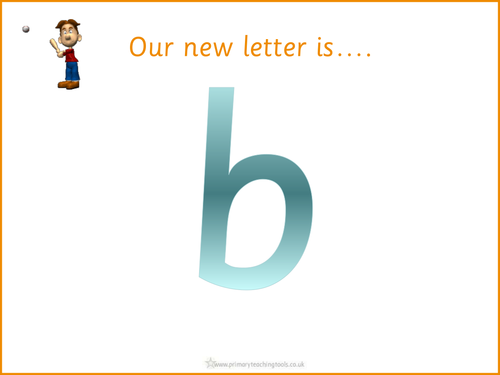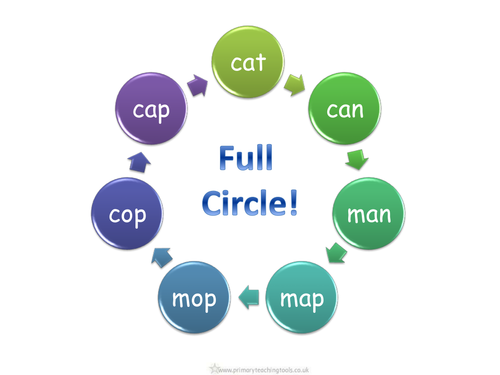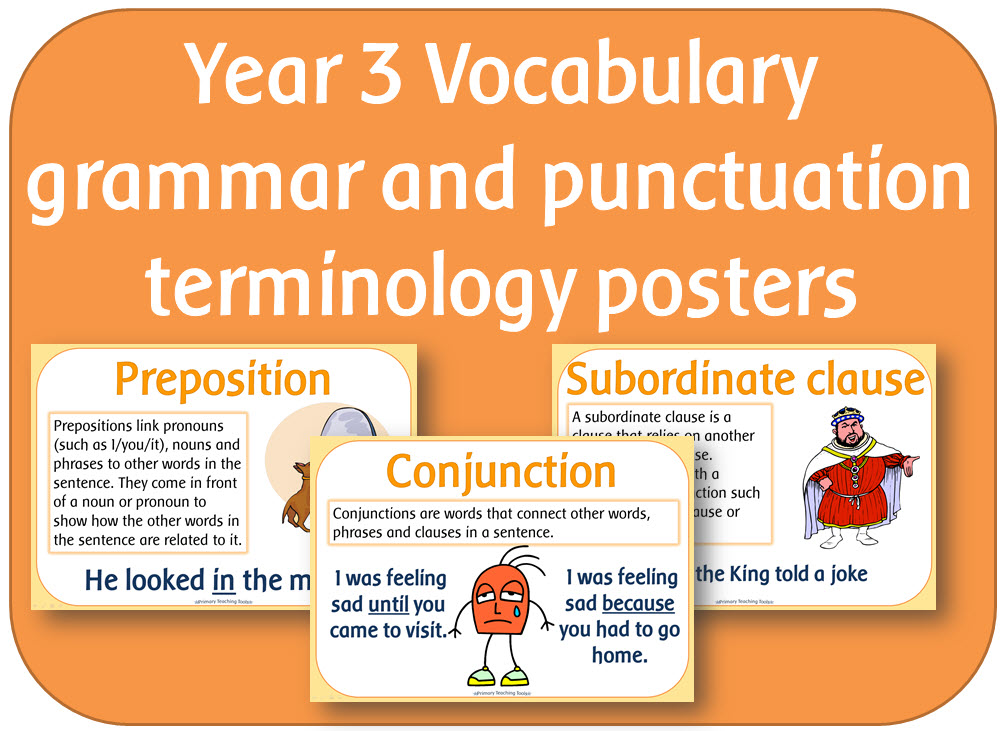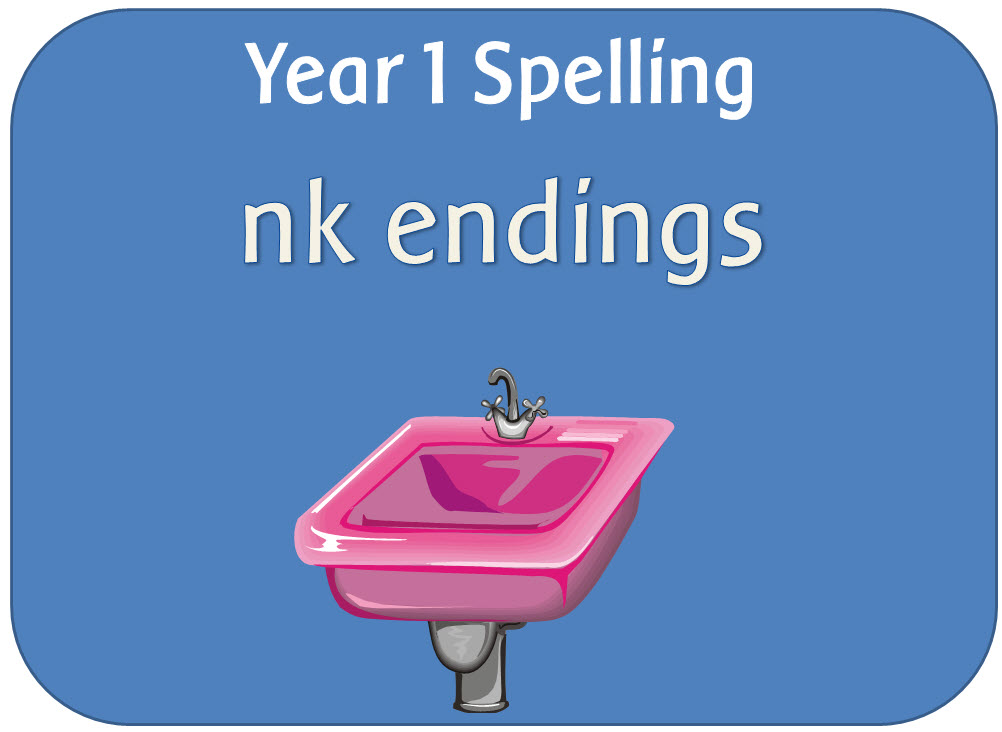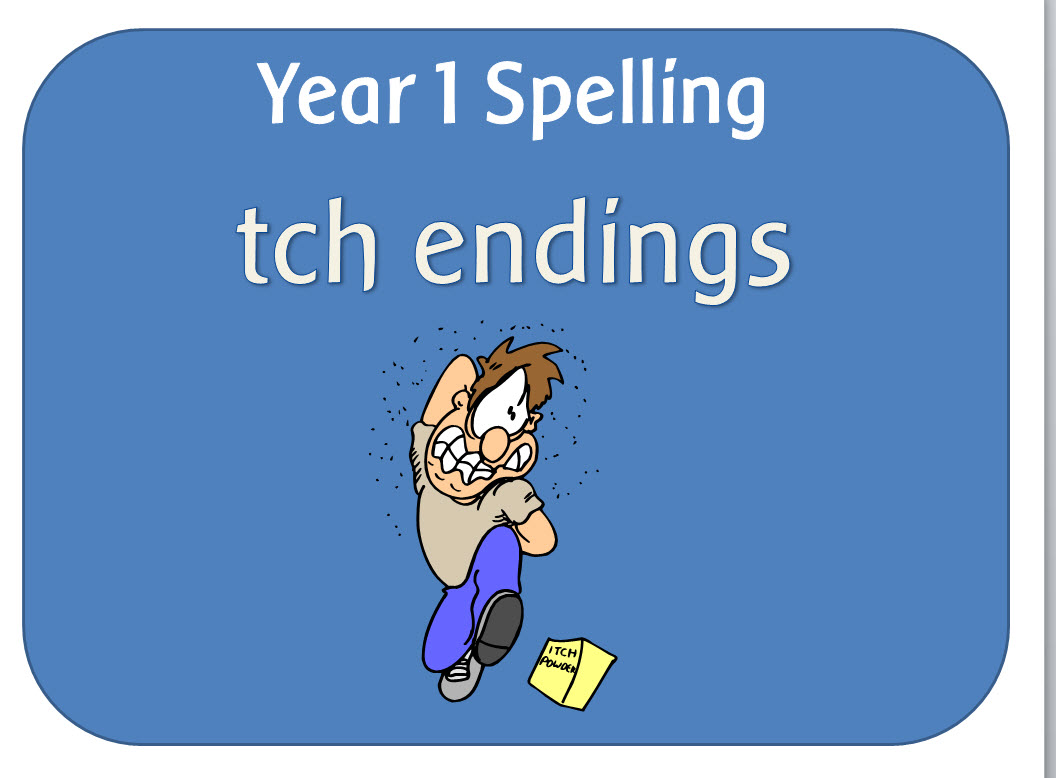
404Uploads
1100k+Views
694k+Downloads
English

SPaG Year 5 & 6 Spelling: Endings which sound like /ʃəl/ usually spelt -cial or -tial
The powerpoint lesson explains that cial is common after a vowel letter and tial after a consonant letter and gives examples of the exceptions. It ends with a spelling activity
PDF (PRINTABLE) RESOURCES:
LWCC cial words: For spelling practice
LWCC tial words: For spelling practice
Word endings cial or tial worksheets x 2
Wordsearch cial and tial word endings
Word list

SPaG Year 5 & 6 Spelling: Adding suffixes beginning with vowel letters to words ending in –fer
Resources to teach the spelling guidelines for adding suffixes beginning with vowel letters to words ending in fer
POWERPOINT
Adding vowel suffixes to words ending fer: Explains the rule then gives the children opportunity to write the words applying the spelling rule.
PDF (PRINTABLE) RESOURCES
Complete the fer matrix worksheet
Word list

SPaG Year 5 & 6 Spelling: Words with the /i:/ sound spelt ei after c
A powerpoint lesson plus the following pdf files to teach the children how the i before e except after c rule applies to words where the sound spelt by ei is /i:/,plus the exceptions to the rule.
Pdf files:
Look Write Cover Check x 2: For spelling practice
ei and ie words worksheet: A passage to read and write down ei and ie words
ei words writing practice: List of ei words to identify and spell
Strategies for remembering how to spell ei words worksheet: Looks at the different spelling strategies children can use

Vocabulary, grammar and punctuation school assessment Years 1 - 6
A set of materials to assess Appendix 2 for Years 1 to 6 in the English curriculum 2014. It contains a booklet for individual assessment and also class recording sheets.

SPaG Year 6 Sentence Grammar: Informal and formal writing powerpoint
The powerpoint explains how to change writing styles/register according to audience, purpose and text, and what tone to use for each. Shows examples of similar sentence written in a formal and an informal style. Ends with an activity where the children have to turn an informal sentence into a formal one.

SPaG Year 6 Word Grammar: Formal and informal vocabulary
A powerpoint lesson and worksheet to teach the difference between vocabulary typical of informal speech and vocabulary appropriate for formal speech and writing.

Phase 2 Letters and Sounds phonic resources: set 5 -h b f ff l ll ss - powerpoint introductions
There is one powerpoint for each new letter. Each introductory powerpoint:
Introduces the new letter, shows a picture mnemonic, demonstates correct letter formation then reinforces it with an initial sound game.
Also in the pack:
A powerpoint showing each letter in the set and previous sets with a picture to help the children remember the sound;
A set of letter flashcards of all letters learnt so far
A 'what begins with....' game where the children have to select an object that begins with the specified letter

Phase 2 Letters and Sounds phonic resources: Full circle powerpoints and display
6 presentations/ printable files showing full circle words.

Letters and Sounds Phase 5 word / help mats
The picture grapheme/word mat is to aid in the teaching and learning of further graphemes, and learning to read tricky words in phase 5. A pictorial example of each sound is shown with the letters to help children remember the graphemes. Also on the word mat are previous tricky words, which can be decoded in Phase 5, and the 11 tricky words for children to read in Phase 5.
The second word mat contains the alternate spellings for phonemes on page 144 of the Letters and Sounds document.

Letters and Sounds Phase 3 Captions and sentences
A set of all Phase 3 captions and sentences - powerpoint activities, worksheets and games.

Rapunzel Fairy Tale activity pack - Powerpoint story, display resources and activities
A story of Rapunzel, plus writing sheets, wanted poster, sequencing pictures, book cover; display border and heading.

KS2 HOMOPHONES posters / flashcards
A set of A4 posters containing all the homophones identified in the Year 3/4 and 5/6 spelling appendix.
Each page is split into 2 so that 2 homophones are printed on one page. You can cut them in half and use as flashcards or leave them whole and display them. For Y3/4 there are 21 pages, plus 3 pages containing just one word. For Y4/5 there are 24 pages plus 1 page containing just one word, plus a set of 4 noun/verb posters.
3 & Y4 HOMOPHONES:
accept except
affect effect
ball bawl
berry bury
brake break
fair fare
grate great
groan grown
here hear
heel heal he’ll
knot not
mail male
meat meet
medal meddle
missed mist
peace piece
plain plane
rain rein reign
scene seen
weather whether
whose who’s
Y5 & Y6 HOMOPHONES:
aisle isle
aloud allowed
affect effect
altar alter
ascent assent
bridal bridle
cereal serial
compliment complement
descent dissent
desert dessert
draft draught
farther father
guessed guest
heard herd
led lead
morning mouring
past passed
precede proceed
principal principle
prophet profit
stationary stationery
steel steal
wary weary
who’s whose
Y5 & Y6 HOMOPHONES - nouns and verbs: Each set prints onto 1 A4
advice advise
device devise
licence license
practice practise

The Gingerbread Man resource pack: powerpoints display activities and masks
A large pack of resources. It includes:
POWERPOINTS:
The Gingerbread Man Story
The Smelly Cheese Man (an alternative version of the story)
The Gingerbread Man poem
ACTIVITIES
Acrostic poem (spelling out Gingerbread Man)
Blank speech / thought bubbles: 8 different sizes and shapes to print out and fill in.
Counting cards: 0 to 20 in numerals and Gingerbread Man faces to match up / play snap etc.
Vocabulary cards: 18 words and matching pictures. Can be used for games, display or labelling activities.
Counting cards: Cards to laminate different numbers of Gingerbread men and a box for writing in the number.
Characters to print and use for stick puppets
Larger characters - 2 per A4 page for display / other activities.
Gingerbread Man clipart: black and white to colour
Gingerbread Man clipart: Colour
Gingerbread men to print: Large men in black and white, different versions, to make own faces / clothes etc.
Sequencing pictures: 10 small pictures. The children can cut them up and stick in sequence, or they can be laminated and used for an activity.
Story sheets: Contains the same images in the sequencing pictures but there is one picture per A4 page with lines for the children to compose their own story.
Wanted poster
Word mat containing vocabulary needed for the story.
Writing border: 2 different designs; colour and black and white.
DISPLAY
A4 Heading x 2
A-Z lettering - to cut out for display
Lettering/banner: The Gingerbread Man - prints onto 6 pages. There are 3 different designs.
Border: Images of the Gingerbread Man to frame a display
Alphabet a-z in lower case with a gingerbread man background
Number line 0-20 with digits and written numbers with a gingerbread man circle background
The Gingerbread Man poem
MASKS
13 character masks to act out the story.

Phonics flashcards
A set of phonics display/flashcards to use in KS1.
There are 2 A5 cards on a page. Each card contains pictures and a list of words including the relevant common exception words for Year 1.
The first set contains the letters of the alphabet.
The second set contains the consonant digraphs and vowel digraphs and trigraphs in the Y1 Spelling appendix.
The third set contains extra graphemes identified in the Letters and Sounds phonics programme.

Year 3 Vocabulary grammar and punctuation terminology posters
A set of A4 posters to print and display.
They contain all the 'terminology for pupils' identified in Appendix 2 for Year 3:
Adverb; Preposition; Conjunction; Word family; Prefix; Clause; Subordinate clause; Direct speech; Vowels; Consonants; Inverted commas/speech marks; Nouns; Present perfect; Punctuation

SPaG Year 1 Spelling pack: The /Å‹/ sound spelt nk
A set of resources to teach children about the /Å‹/ sound spelt n before k.
The PowerPoint explains the spelling rule and gives examples of words for a class activity.
The worksheet contains jumbled up words that end in nk.

SPaG Year 1 Spelling pack: The /tʃ/ sound spelt tch straight after a single vowel letter.
POWERPOINT RESOURCES:
Words ending tch: explains the spelling rule and gives examples of words for a class activity where the children can try to spell the words.
PDF:
Wordsearch: words containing tch
Worksheet: Jumbled up words to rearrange.
WORD:
Tch word list
Outline adaptable plan

SPaG Year 1 Terminology powerpoint
Explanations of the terminology letter, capital letter, words, singular, plural, sentence, punctuation, full stop, question mark and exclamation mark.

SPaG Year 2 Spelling: The /aɪ/ sound spelt –y at the end of words
A powerpoint lesson, word list, planninag and activities to teach the /aɪ/ sound spelt –y at the end of words

SPaG Year 2 Word: -er and -est in adjectives and -ly to turn adjectives into adverbs
2 powerpoint lessons and a worksheet:
THE USE OF LY TO TURN ADJECTIVES INTO ADVERBS
POWERPOINT
Using ly to turn adjectives into adverbs: Explains what adverbs are and how to make them by adding ly to adjectives.Gives a list of words to add ly to.
ACTIVITY
Making adverbs worksheet: Writing sentences with adverbs
USING THE SUFFIXES ER AND EST IN ADJECTIVES
POWERPOINT
Suffixes er and est as comparatives: Explains how they change the meaning of words. Gives a list of words to add the suffixes to and think of sentences with them in.







